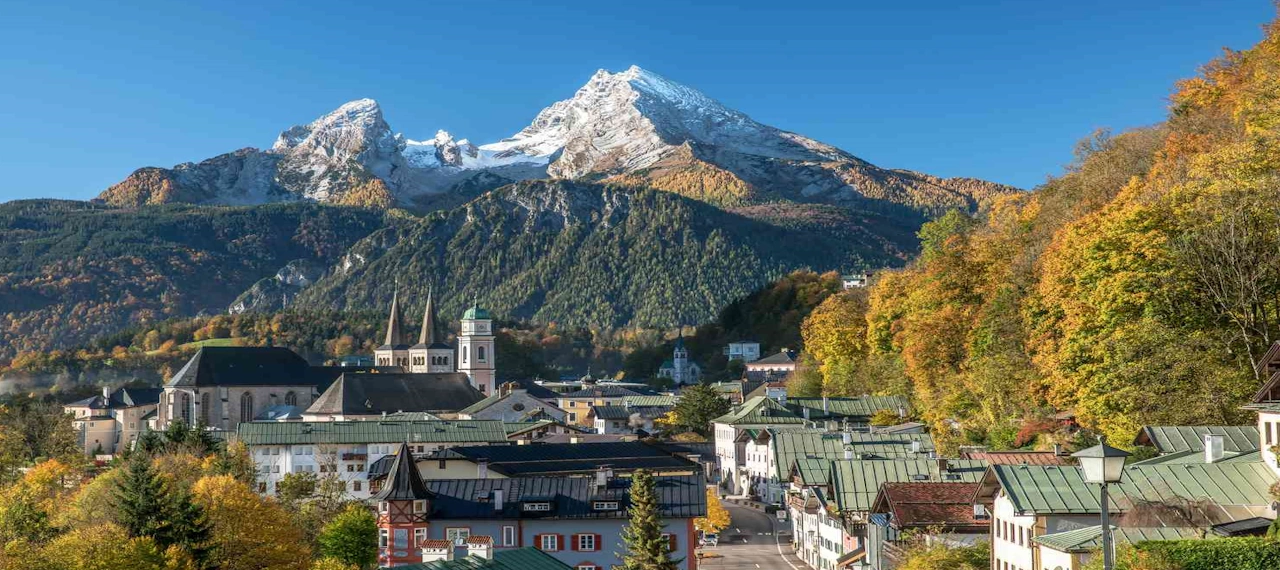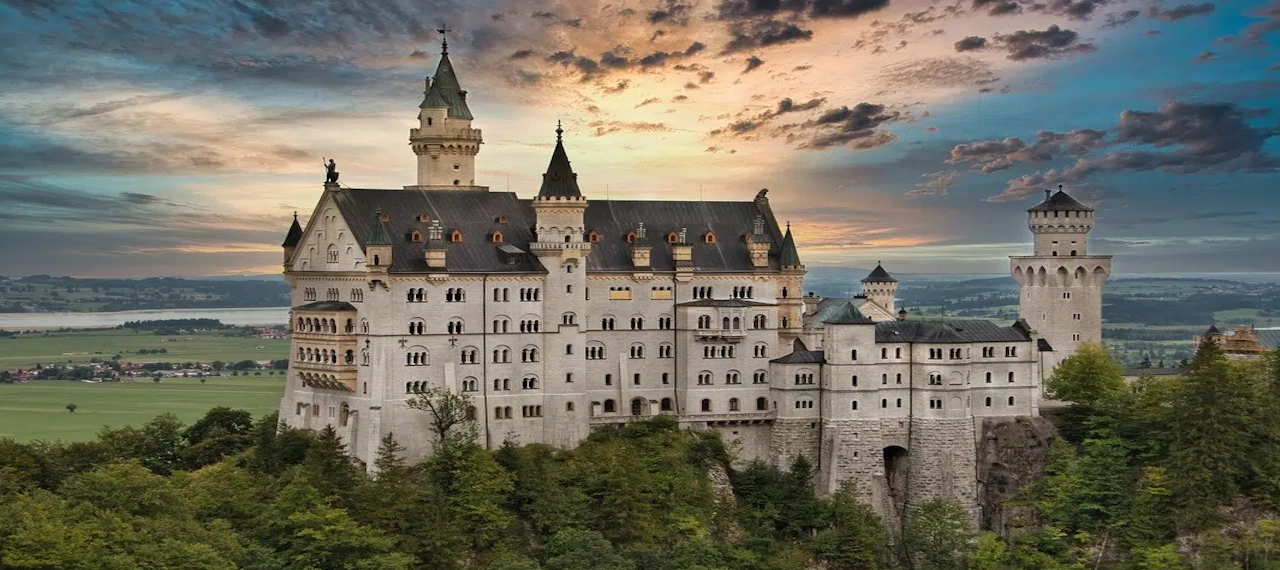When Is The Best Time to Visit Germany A Guide for US Travelers
Germany, with its rich history, stunning landscapes, and vibrant cities, is a captivating destination for US travelers. To make the most of your visit, it’s important to choose the right time to explore this diverse country. In this guide, we’ll delve into the different seasons and factors to consider when determining the best time to visit Germany.
Weather and Seasons
Germany experiences a temperate seasonal climate, offering distinct experiences throughout the year. Summer (June to August) brings pleasant temperatures and longer daylight hours, making it an ideal time for outdoor activities, exploring cities like Berlin and Munich, and visiting the picturesque castles along the Rhine River. Spring (April to May) offers milder weather and blooming landscapes, particularly in regions like the Black Forest. Autumn (September to October) showcases beautiful fall foliage, particularly in Bavaria. Winter (December to February) is perfect for experiencing festive Christmas markets and winter sports in the Bavarian Alps.

Cultural and Festive Events
Germany is known for its vibrant cultural and festive events that add an extra flair to your travel experience. Consider planning your visit around events such as Oktoberfest in Munich, one of the world’s largest beer festivals, or the vibrant Karneval celebrations in Cologne and Düsseldorf. Christmas markets, held throughout Germany in November and December, offer a magical atmosphere with festive decorations and traditional treats. Other notable events include the Berlin International Film Festival in February and the Bach Festival in Leipzig. Researching and aligning your visit with these events will provide you with unique cultural experiences.

Outdoor Activities and Nature
Germany boasts beautiful natural landscapes that are perfect for outdoor activities. The best time to visit depends on your preferred activities. Summer offers opportunities for hiking in the Bavarian Alps, cycling along the Rhine River, or enjoying the Baltic Sea beaches. Autumn brings colorful foliage, ideal for scenic drives in regions like the Black Forest or the Saxon Switzerland National Park. Winter is ideal for skiing and snowboarding in the Alps or exploring winter wonderlands in regions like the Harz Mountains. Consider your outdoor interests and plan your visit accordingly to make the most of Germany’s natural beauty.

Historical Landmarks and Castles
Germany is home to numerous historical landmarks and fairytale-like castles. The best time to visit may depend on the specific locations you wish to explore. Popular destinations like Neuschwanstein Castle and the Romantic Road can be busier during the summer months but offer the advantage of pleasant weather and longer opening hours. For a more intimate experience, consider visiting in the shoulder seasons or winter when there are fewer crowds. Additionally, the blooming landscapes of spring and the fall foliage provide a picturesque backdrop for exploring the castles and historical sites throughout the country.
In Conclusion
Determining the best time to visit Germany depends on your interests, weather preferences, and desired experiences. Whether you’re seeking cultural events, exploring historical landmarks, or immersing yourself in the country’s natural beauty, Germany offers a range of possibilities throughout the year. Plan accordingly, and get ready to embark on an unforgettable journey through this fascinating country.